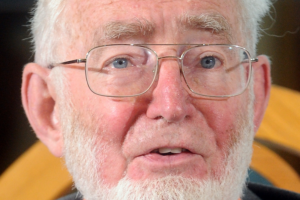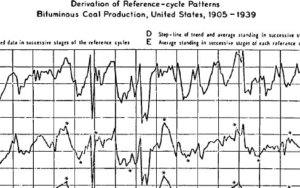The audience
These students are not economics majors. They came to technical college to graduate in urban studies or social work. Yet their curriculum includes core courses not only in geography, urban planning and architecture, but also in sociology, psychology, anthropology and economics — 20 hours introductory economics, 20 hours economic policy, 15 hours evaluation of public policies, and a few tutorial classes. Understandably, it is not on these courses that the recent efforts to reshape economic education, such as INET-funded CORE project or the Manchester Post-Crash economic students have focused. The needs of economic majors and other students are different. While the former, Wendy Carlin argues, not only need to learn “how to talk about economics” but also “how to do it,” my students rather need to learn how to “read” economics, as future urban planners and social workers whose goals, regulatory constraints and funding will be constantly shaped by economics ideas. They also need a toolbox with simple concepts they can apply to the social reality they will observe and to their rapidly changing social environment. In short, what is at stake here is basic economic literacy, and this is why the experience of those who have to convey the essence of economic thinking in a few dozen hours matters.
The Wire as a “field”
Another important difference with econ majors teaching is that I can afford no intellectual violence, no “you have to swallow this because this is what economics is.” The irony of my situation is that the economic toolbox I am offering to explain behaviors, crises or poverty is just one of several alternatives on the marketplaces of ideas. My explanation compete with those offered by my sociologist colleague the same morning, the geographer on Monday, and the psychologist on Friday. The less useful my toolbox is to make sense of the “reality,” the more students are lost to the economic way of thinking.
Problem is, for my urban planning students, “reality” is not something you read on a time-series chart, but something you observe on the “field.” The first “research methodology” course they take explains how to do a monograph through gathering data by administering questionnaires, making sense of qualitative interviews, drawing maps, and producing a few descriptive stats at best. That notion of “field” is central to so many disciplines that, as I was working on my new Econ101, I soon realized that keeping in touch with the reality meant bringing it into the classroom. And it quickly appeared that HBO’s The Wire’s fictional yet realistic depiction of Baltimore could be a good match.
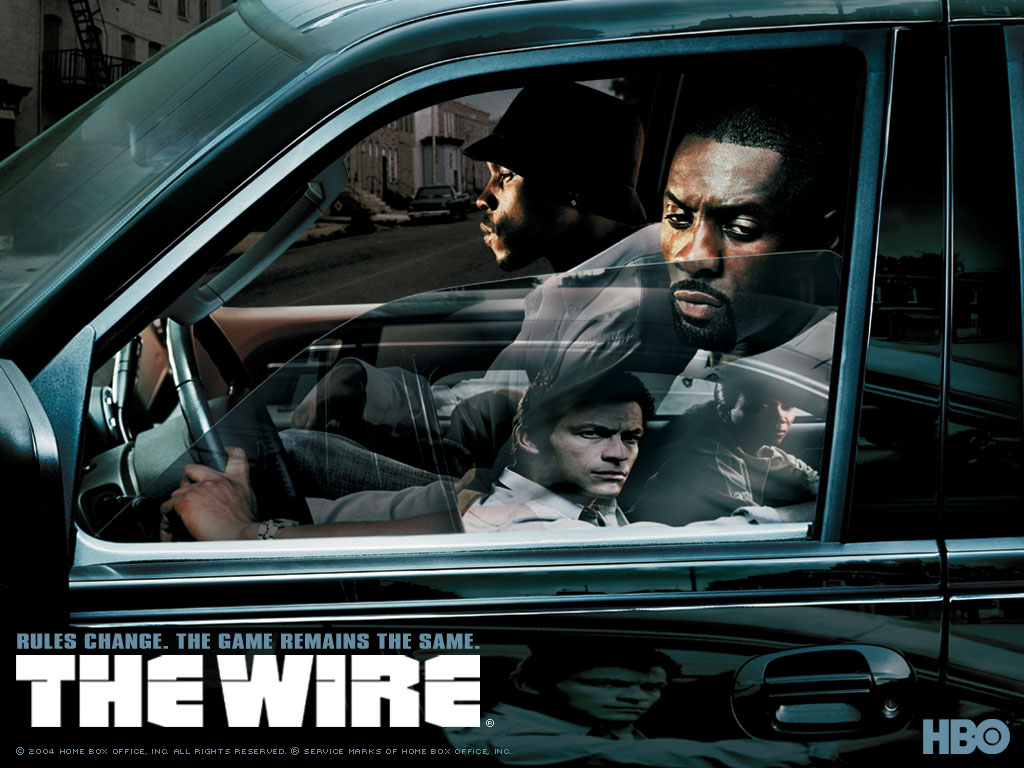
The storyline I chose spanned Season 1 to 3, and was one in which the scenarists had pitched one “socio-minded” vs one “eco-minded” character. The former, Avon Barksdale, leads one of the most powerful drug gangs of Baltimore. Defining himself as ” just a gangsta” he views the control of territory, his “corners” as an instrument of power. He insists to protect it at any cost, which leads him to spend Season 2 in prison and Season 3 at war against a new young drug dealer, Marlo. We see him becoming increasingly estranged from his second-in-command, Stringer Bell, whose approach to the drug deal he contemptuously call that of a “businessman.”
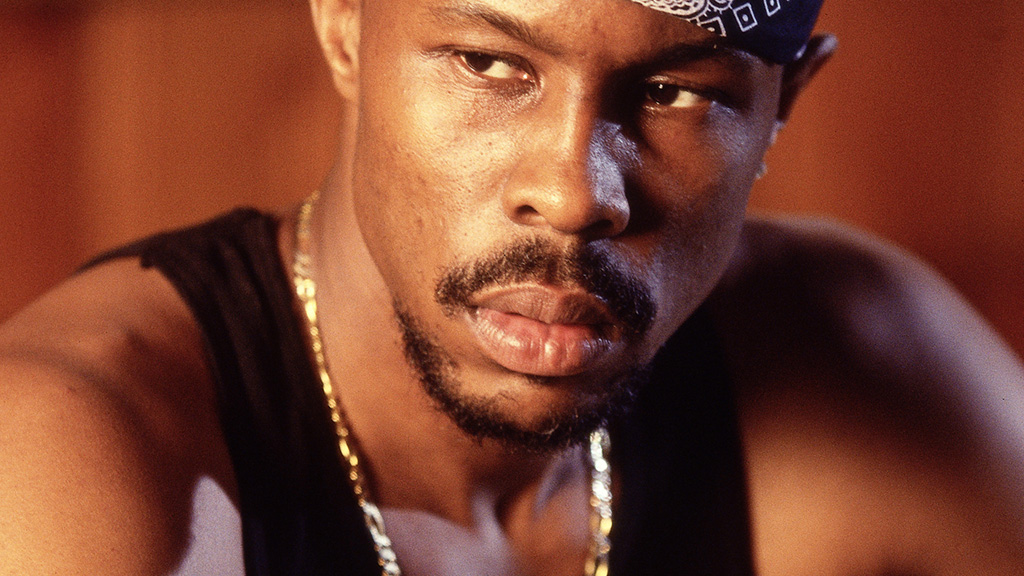
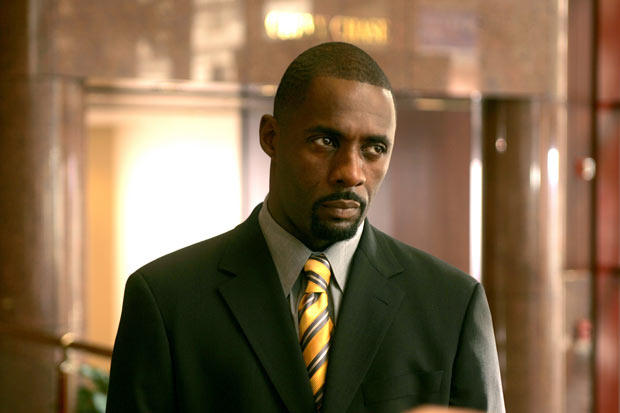
Indeed, Stringer attends economic lectures and seeks to apply the notion of elasticity to the drug business. He secretly agrees to share his territory with rival Proposition Joe in exchange for the latter’s connection with a higher-quality heroin supplier, thereby creating a duopoly and an associated price war. Stringer and Prop Joe subsequently establish a retail coop with other rival dealers and share territory in an attempt to eschew police investigations. Stringer also attempts to corrupt those politicians who could help him develop of a condominium complex, with the immediate purpose of laundering money, yet ultimately seeking to retire from direct criminal activities. As Avon and Marlo’s war brings about shootings, deaths and police attention, Prop Joe threatens to cut Stringer off. After mounting tensions, Stringer is eventually betrayed by Avon and killed. As the police searches Stringer’s unexpectedly stylish apartment, they find a copy of Adam Smith’s The Wealth of Nations.

I have been using this material for three years now, and here are my successes and failures
Successes
Offering a general perspective on social sciences
After a few weeks, I realized that two graduates, Kevin and Clément, used the same storyline to analyze Stringer’s difficulty in understanding the social codes of the business world and of the bureaucracy. The next year sociologist Stephane Valognes, geographer Jerôme Legrix-Pages and I thus set up an introductory sequence in which freshmen were shown a 1-hour video edit of the show (list of sequences here. American criminal law and anthropology could have been added to the experience easily). They were asked to explain the social reality they were presented with and to propose appropriate cures.
Each year, roughly 1/3 of the students interpret Baltimore’s ills as a consequence of class struggles and racial inequalities. 1/3 think zoning, slums and urban ghettos are responsible for poverty and criminality and view urban redevelopment as the appropriate policy. And 1/3 see criminality and poverty as economic issues and suggest various changes in the rules of the drug economy either by cutting supply or enhancing deterrence or by offering rehabs to junkies, or by legalizing. They disagree about policies, they debate, they heat up. We then build on these diverse interpretations to introduce our core disciplinary concepts: agglomeration, mono/polycentric cities, gentrification among others in geography; genre, race, class issues and so forth in sociology; supply, demand, competition, elasticities, profit maximization in economics. This introduction also offers me the opportunity to address the prejudice that economics is the science of money/production/wealth by outlining a set of lectures aimed at explaining individual behavior and various coordination mechanisms.
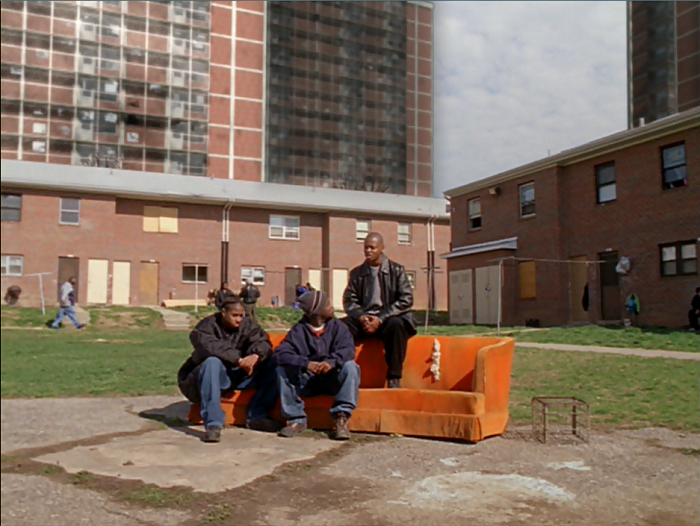
Emphasizing the explanatory power of simple market modeling
After teaching how to build a (drug gang) supply curve and a (junkies) demand curve, I show students how to use it in their policy debates. Those simple tools enable them to model the effects of the rehab vs drug-trafficking deterrence policies they had suggested earlier and to identify price and consumption unexpected effects. While my students generally point to the limits of such tools, they never question their empirical relevance.
Introducing Game Theory
The greatest benefit of The Wire is the compelling introduction to game theory it offers. The notion of “game” is arguably the dominant metaphor of the show, from the iconic scene in which a drug dealer use the familiar rules of chess to explain the rules of the drug games to new recruits to the many famous game quotes by characters (“all in the game,” “the game is the game,” “game’s the same, just more fierce,” “there’s game beyond the fuckin’ game”), and game-theoretic situation abounds with the show, if only the recurrence of apparently costly gang wars.
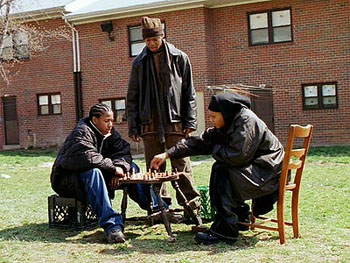
In the last couple of lectures, I ask students to explain what the rationality of gang war is, then propose them to model it with a matrix whose payment is chosen by each students. And after several hours studying the drug business, all students all come up with a Temptation > Cooperation Reward > Punishment > Sucker’s payment scheme that consistent with a prisoners’ dilemma interpretation. The notion sticks with them, because it derives from their own quantification of gains and losses, and thus does not seem artificial. The storyline also provides several examples of how to escape a prisoners’ dilemma: norms (the show features a “Sunday morning truce” and episode 3.34 shows the costs of violating it), repeated games, cooperative games (the retail co-op), incentives to cheat, and so forth.
Failures
In their recent Relearning Economics report, Manchester students ask that
Economics should be taught inductively wherever possible. On this approach evidence is presented – statistical data, historical analysis, case studies, experiments etc. – and then the theories which plausibly accord with the evidence should be taught as interpretations of that evidence.
Problem is, once you drop nice stylized examples, you are left with behaviors in which economic, sociological, psychological motives are intermingled. My drug dealers, my junkies and my cops behave in messy ways. More specifically:
Cost functions behave badly
Nothing rising smoothly and continuously. Our “field” example is Stringer’s decision to give away 3 of his 6 towers to Prop Joe in exchange for a portion of his higher quality heroin. By listing and quantifying the various costs accruing to the Barksdale drug business, the students try to reconstruct the marginal cost function for maintaining towers and the economic rationale behind Stringer’s decision (one where, presumably, the marginal cost equals the marginal benefit of giving away a tower). When, after such detailed and tedious case study, I sum it up with the statement that “firms’ marginal costs curves are generally U-shaped,” I can literally hear Joan Robinson giggle. The “micro of the firm” course has always been a dreaded one for me in the past 10 years, and putting The Wire on the agenda makes it worse.
An indefensible focus on perfect competition ?
My introductory course is aimed at helping students understanding and evaluating economic policies (2 nd year focus). As everyone knows, micro policies are usually introduced as “market failures,” a narrative initially presented in graduate public economic textbooks such as Atkinson and Stiglitz’s Lectures in Public Economics. Such rationale however become extremely problematic once translated into introductory textbooks, because it implies that students’ economic education begins with an explanation of what happens when markets don’t fail, that is, with focusing on an ideal “perfect competition” situation. Yet in The Wire as in real life, nothing’s pure, nothing’s perfect, so that my introduction of a situation when agents are price takers, goods are identical, information is perfect is met with utter skepticism by students.
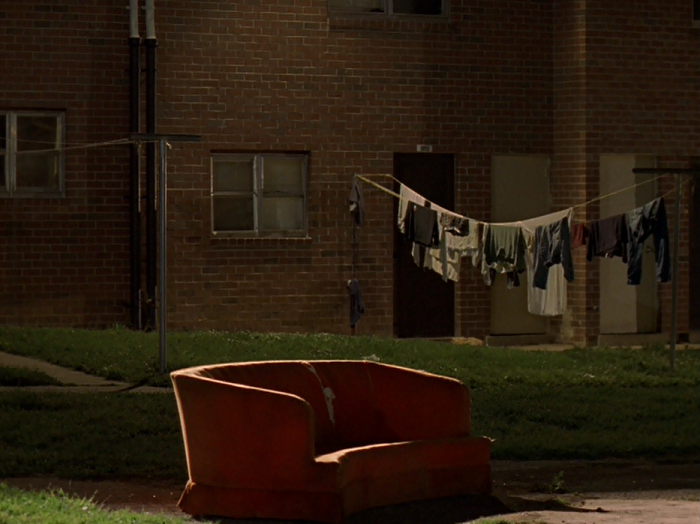
My failure to teach a set of real-world based principles is related to the strong educational appeal of the perfect competition framework: it’s simple, it brings consistency to the various tools and concepts across my lectures, and most important, it is a wonderful time saver. It would take many more hours to teach a course in which consumers and firms follow complex and heterogeneous rules, and exchanges take place on monopolistic “markets” in which product differentiation is the rule and information is imperfect. Also, the neoclassical construct provides a quick and simple answer to the question “why are economists so obsessed with market organization?”: because, in an ideal world, it is the best system (EG=OP), and it follows that existing institutional arrangements should be judged according to how they depart from this ideal situation. Well, this is not an argument non-economic majors studying economics alongside sociology or psychology buy. At all. To convince them, it would take an economic history course on when, how and why markets became central. And a history of economics course on when, how and why the idea that markets was the best organization developed as an intellectual tradition. And an economic epistemology course on how and why some sciences develop around unrealistic assumptions and are yet relevant to the world. A world of knowledge that I can’t deal with in a few hours introductory economics, and one that has been wiped out of economics curricula anyway.
Can post-crisis textbooks help?
It is with such difficulty in mind that I am now reading the new CORE online textbook, before turning to the new generation of post-crisis textbooks, including John Komlos’s What Every Economics Student Needs to Know and Peter Dorman’s Microeconomics: a Fresh Start. My prejudice is that, as older critical textbooks such as Steve Keen’s Debunking Economics, those new ones may be more about qualifying economists’ focus on rational behavior, market clearing, perfect information, atomicity and the like. Which mean that the cornerstone of such textbook remains an ideal world in which agents optimize on competitive markets. If I am to teach a set of principles that don’t interpret reality as “departures from ” an ideal situation, it might a better strategy to look at introductory sociology or psychology. Or, if I am to judge by exam subjects, at 50 years old economic lectures.
In the end, while the social reality of The Wire might be too messy to introduce students to economic principles, it would probably make a better assignment than traditional oversimplified “problem sets,” one in which economics and non-economics majors alike would be challenged to use economic tools (game theory, market analysis, but also industrial organization – The Wireis all about Hotelling models) to explain Baltimore’s ills.
Pictures are borrowed from “The Wire Blog.”



